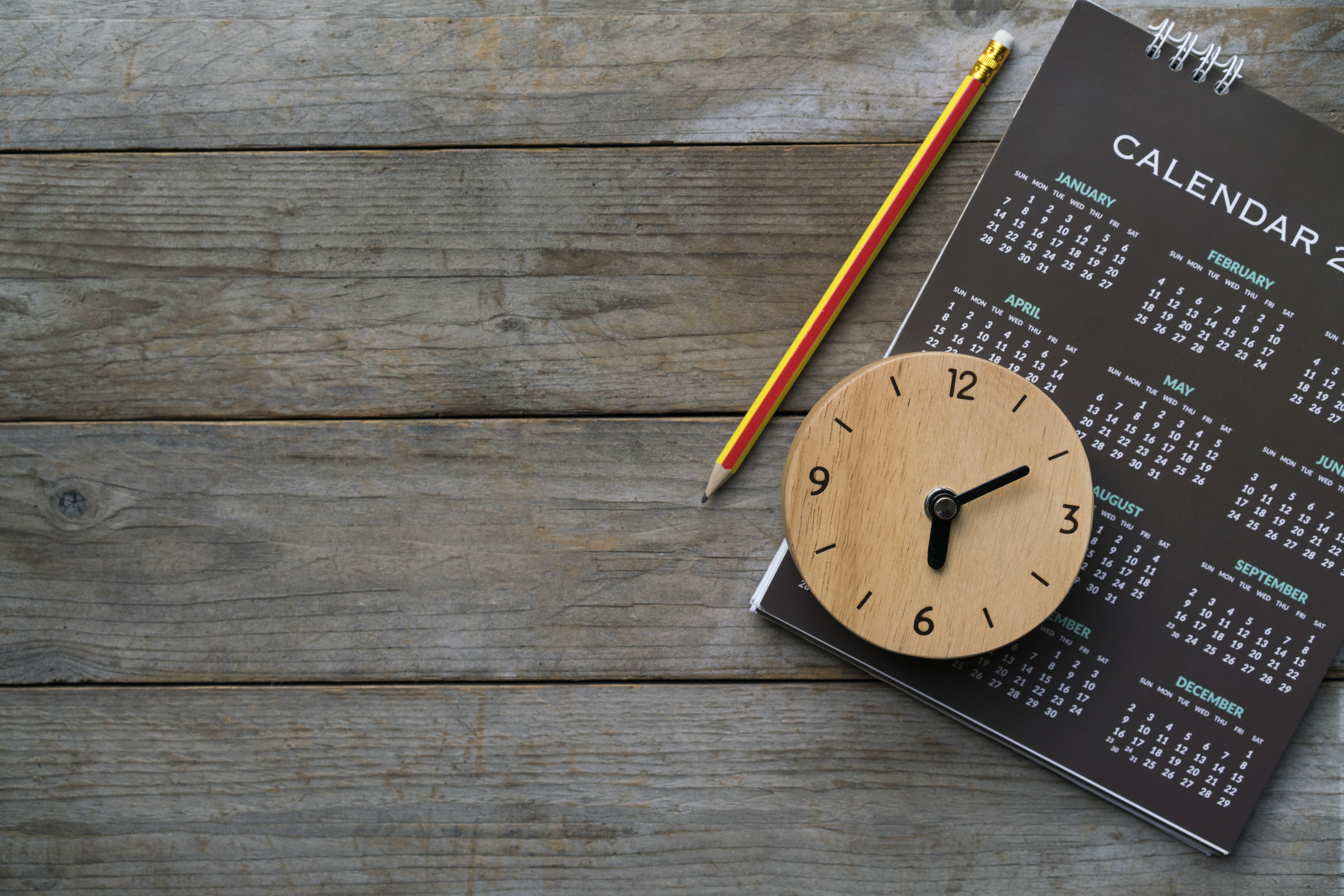Breast Ultrasound
What is a breast ultrasound?
Diagnostic breast ultrasound is an ultrasound of the breast tissue used to investigate a specific concern, new breast symptom, or as a supplement to another screening exam such as mammography. The ultrasound provides imaging of the internal breast tissue by using a transducer and ultrasound gel, just like an ultrasound of a different part of the body. This is a painless exam and does not use radiation.
Frequently asked questions:
Ultrasound is particularly useful in women with dense breast tissue, as dense tissue can make it more challenging to detect abnormalities or lesions on mammograms. Ultrasound is particularly good at characterizing cysts, simple cysts in the breast are a common and benign finding often felt as a lump.
While ultrasound can provide valuable information, it is important to note that it is not a replacement for mammography. Mammography remains the mainstay of breast cancer screening, and ultrasound is used as an adjunct to mammography in specific cases.
As with all other procedures, it is important you discuss any questions with your doctor prior to your appointment. No other special preparations are required. Patients are able to eat and drink as they normally would.
You will be asked to change into a gown from the waist up. The ultrasound technologist will assist you in getting positioned with a pillow, lying down on the ultrasound bed.
During a breast ultrasound the transducer (camera) will be using high frequency sound waves to generate images of the breast tissue, and sometimes the tissue in the armpit (axilla).
Breast ultrasound is a non-invasive and painless exam that does not involve radiation. The exam typically takes about 15-30 minutes per breast to complete, and the results are reviewed by a radiologist.
After the radiologist has received the images, they will review and compile a report for your referring care provider. This is typically received in 1-4 days from the time of the appointment. Included in the report for the referrer will be relevant findings and the corresponding recommendations according to current guidelines.
